Mambilla: Where Fulfulde is spoken by everyone
How an administrative decision taken by the authorities in 1940 boosted Fulfulde on the Mambilla plateau, resulting in its swift spread among diverse farming populations. “The Fulfulde being spoken, especially around Gembu, is not the original one. The dialect spoken now is not the proper dialect being used. It is no longer pure.” Pidgin […]
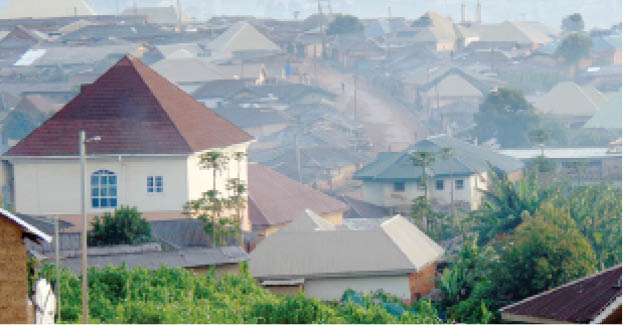
19weeklypage28
How an administrative decision taken by the authorities in 1940 boosted Fulfulde on the Mambilla plateau, resulting in its swift spread among diverse farming populations.
“The Fulfulde being spoken, especially around Gembu, is not the original one. The dialect spoken now is not the proper dialect being used. It is no longer pure.”
Pidgin Fulfulde

Fulfulde is widely spoken across many non-Fulani communities on the Mambilla plateau, a place defined by temperate weather, mountains, farms, waterfalls and stunning valleys. As a natural fallout of a multilingual environment, a form of pidgin Fulfulde also exists in the area, which is said to be the coldest part of Nigeria.
Saidu Bawa, leader of the Fulani in Mambilla, Taraba state, is drawing attention to this point. I sit to his right, and there are three other persons in the simple, nicely furnished room.

“If you go to the hinterlands, the pure language is being spoken there,’ he argues, “This is just like pidgin, it’s a pidgin Fulfulde, because the locals use it in order to communicate with the other communities.”
‘Ngare’ & ‘Waro’
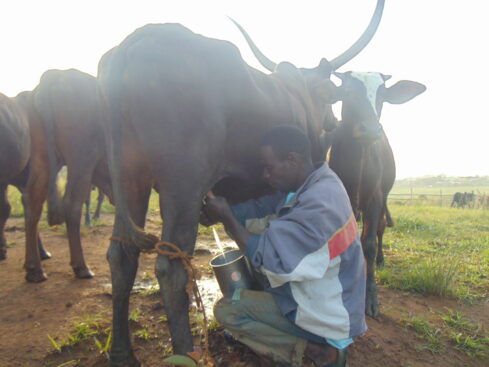
Bawa illustrates the point, “If you want to ask people to come in pure Fulfulde, you will say Ngare. But in pidgin, you will say Waro. Both words are used presently. Ngare is the original form of the word.”
“Not all the Fulani speak the other languages on the plateau such as Mambilla and Kaka, but you can find a few of the Fulani who can speak the local languages fluently.”
He reveals “Some of the Fulani tell tales using Mambilla, and this is because of long periods of interaction.”
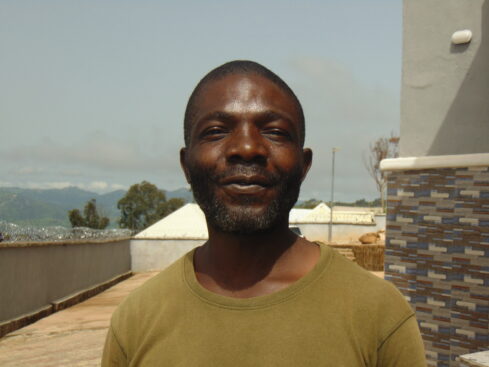
Adamu Yemsa is Fulani, and is present in Bawa’s house as we discuss. He mentions that he can speak both Mambilla and Fulfulde. There are many like him. It has been said that Fulani are gifted in the learning of languages and much else, and some trace their intelligence to a diet rich in milk.
Ode Ekpeme who lectures in the Department of English, Ahmadu Bello University, Zaria, explains that when languages come in contact with other languages or set of languages, varieties develop. That a purer version of a language can exist in the hinterland is quite normal, he admits. Gembu, where Bawa has identified a pidgin form of Fulfulde, is the headquarters of Sardauna Local Government Area of Taraba State.
- Bloody gold: Unravelling link between mining and banditry
- We were treated like kings as students those days – Abubakar Abdulkadir
1940
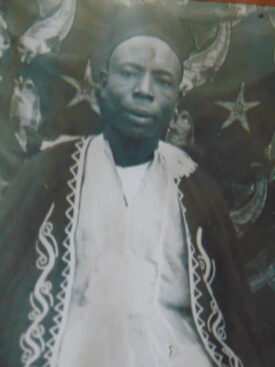
Abubakar Hamma’adama, Wakilin Kaka, sheds light on the place of Fulfulde among people on the Mambila plateau. The appointment of Dan Lawan, a Fulani, as District head from Yola in 1940, is very significant in this regard.
Sakaka, Inkiri
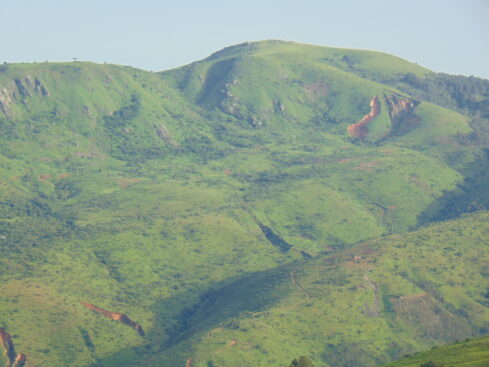
“Kaka are located in different areas of the Mambilla plateau. The most popular areas where they are well known are: Sakaka, Ndumyaji, Warkaka Antere, and Inkiri. Some live in Gembu too. Some are in Cameroon, specifically in Ndong, Seh, Fam, Lus and Mbem communities.”
District Head

Hear him “The district head of this area was appointed by the Lamido of Adamawa from Yola. All these district heads that were appointed here were Fulani. When they came the language they could speak was Fulfulde. If they wished to appoint somebody as a village head, in the areas where they were ruling, the district head must be able to communicate with the villages over which they ruled.”
Fulfulde

Hamma’adama reveals, “Before you are appointed as village head, they will make sure you can speak Fulfulde. It will then be easy for you to communicate with the district head. That was the reason why the people were made to speak Fulfulde, for easy communication between them and the district head.”
He explains, “Most of the administrators that were sent here, like the treasurer, the veterinary and forestry officers, were all people from Yola, and majority of them were Fulani. As they ran the native authority they spoke Fulfulde and also Hausa languages. That is why our people were forced to or developed interest in Fulfulde, in order to communicate freely with their leaders.”
Language of trade
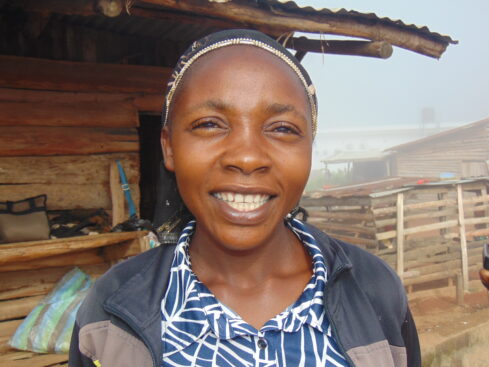
Hamma’adama concludes, “It has become a culture. If you come here and go to the market, you communicate freely with anybody in Fulfulde, in terms of buying and selling.” There are several cattle markets on the plateau, and people need cattle a lot, especially at festival time, or during any of the regular celebrations.
Different dialects
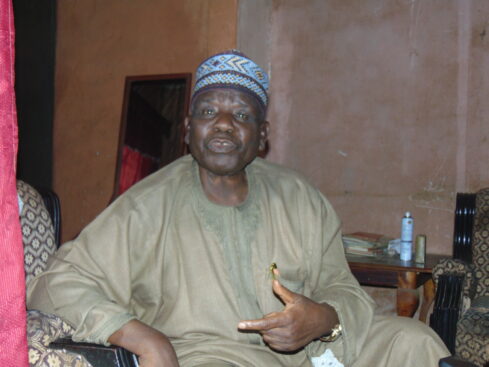
Umaru Zubairu is the Wakilin Mambilla. According to him, “The reason why most of our people speak Fulani as a commercial language, is because we, the Mambila on the plateau, speak different dialects. Mambila from different areas speak different dialects, though we understand each other, but not completely.”
He states “The common language here is Fulfulde. That is the commercial language.”
Yola
Fulfulde is the language of trade on the plateau. “When you go to the market to buy something, or you are bargaining, it is done in Fulfulde. The reason for this is the first visitors that came to this area were the Fulani, especially those from Yola. They came here and settled among the Mambila people, and when they want to conduct businesses, like the buying of items, they have to speak Fulfulde.”
He posits, “If you speak to them using the Mambilla language, they will not understand. That is how people began to learn Fulfulde, until it became the common language in the area.”
Primary school
Zubairu goes down memory lane, recalling how he learnt how to speak Fulfulde. “In our various homes, we were not speaking Fulfulde, until we were sent to primary school. We learnt from outside. I can speak Fulfulde. I sent my children to school where they learnt how to speak Fulfulde. They intermingled with other children, Fulani children, Kaka and others, Even the Igbos here speak Fulfulde.”
2 months learning Fulfulde
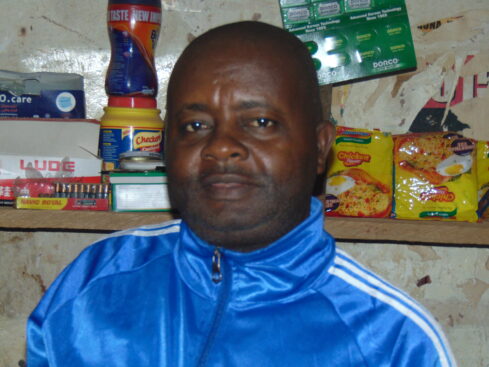
Mr. Onyema Ukwueze is a trader with a shop in Kaka quarters. From Enugu State, he has lived in Gembu for many years, and his entire family of eight persons, is now fluent in Fulfulde.
According to him he spent two months learning Fulfulde in Gembu. A Tiv man who was present in the shop during the meeting with Mr. Ukwueze, also mentions that he too is fluent in Fulfulde.
Zubairu provides a picture of the use of Fulfulde in his house. “Depending on the topic, I sometimes speak to my children in Fulfulde, and they also reply in Fulfulde. Fulani also speak the Mambilla languages,” he adds.
Harvest of dialects
“A Mambilla from Kakara, for example, will not understand the dialect of a Mambila from Gembu. A Mambilla from Gembu, will not understand the dialect of a Mambila from Tep,”states Aliyu Mansur, Galadiman Mambilla, commenting on the linguistic diversity on the plateau.
It is a slightly complicated situation. He continues, “When the Fulani came, if you wish to speak with a Mambilla from another place, you will speak Fulfulde for him to understand. They learnt Fulfulde. A Kaka man cannot speak with his kin who is Mambilla using his dialect. He will not understand.”
Growth of Fulfulde
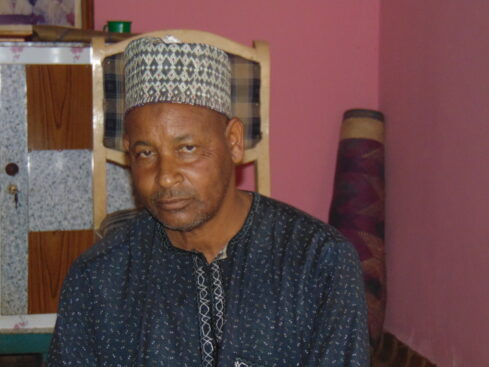
Mansur explains other aspects of the multicultural environment on the plateau. “A Kaka man cannot speak with his kin who is Mambilla with his dialect. He will not understand. The only language he could speak for the chief to understand is Fulfulde. Groups on the plateau started learning Fulfulde gradually, and automatically, it became the language around this area. Even the Mambilla of Tep who cannot understand a Mambilla from Gembu, preferred to speak Fulfulde to him, since they cannot understand each other. This is how Fulfulde became dominant around here.”
“The first people they came in contact with were the Fulani. They realised that it would be better for them to learn Fulfulde, and maintain their language. In their domain they can speak their languge, and when it is time to communicate with the Fulani, they will speak Fulfulde.’
Kaka, Panso
“Kaka, Panso, Kambu, all speak Fulfulde. On the plateau all these groups live together. They have the common language of Fulfulde that unites all the people. When each man goes back to his people, he will speak his language. But when it comes to markets, trade, they speak Fulfulde. This is common in Gembu, Maisamari, Mayon Daga, Nguroje communities,” he adds.
Unity
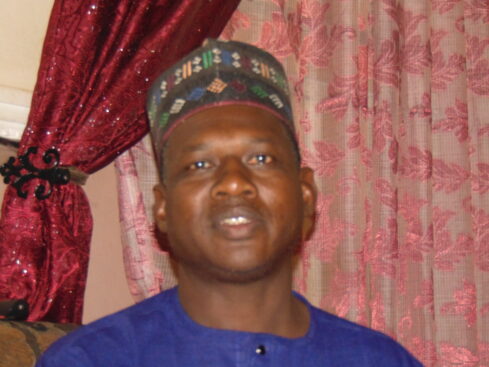
“Unity is sustaining the lingua franca. A Panso or Kaka man may not understand his language, but he speaks Fulfulde. They eat Fulani meals, Baobab leaf soup, they rear cattle. On the plateau if you are not an indigene, you cannot differentiate between a Mambilla and a Fulani, or a Kaka man and a Fulani.”
Arafat Dominic is Panso, one of the many ethnic nationalities in Gembu. According to him, “I speak Panso and Fulfulde. I speak both very well. I learnt Fulfulde in Panso. My parents, brothers and sisters all speak Fulfulde.”
He adds “Fulfulde is a general language spoken on the plateau.”
8 of us speak Fulfulde
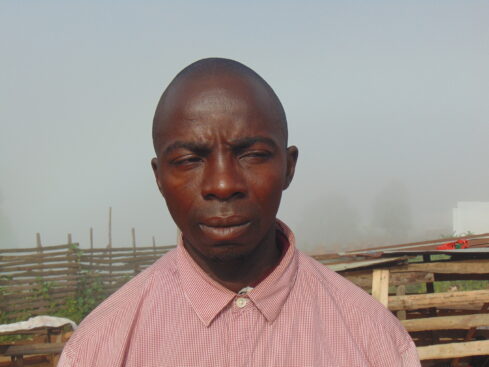
Ado Isa is a farmer and grows maize, beans and yam all year round. “My language is Mambilla, but I also speak Fulfulde. We grew up around the Fulani. I have three brothers, four sisters. All of us speak Mambilla and Fulfulde. In turn the Fulani have learnt how to speak Kambu, Panso and Kaka,” he stresses.
“I am Mambilla. I speak Fulfulde, Mambilla and English. I don’t speak Fulfulde in the house. Children learn Fulfulde outside the house. I learnt Fulfulde from my classmates while in school,” says Orpah Manasseh Timta, a trader.
“Fulani were the second settlers, also because of the economy. People want to associate with them because they are strongly linked with the economy. Everybody wants to speak Fulfulde so they can relate with the Fulani,” reasons, Ahijo Bamanga, an artisanal miner who was born in Gembu.
Fulani speak Kaka, Mambilla
Hamma’adama adds, “The Fulani can equally speak the Kaka and Mambilla languages very well. As children are being brought up, our people teach them their mother tongue. Then they also teach the child Fulfulde, for administrative and trading purposes.”
Multilingual is way forward
“I encourage this tendency because it will help people to coexist. When I communicate with my friend in Fulfulde, maybe he is Fulani, I am Kaka, and you are Mambilla, this encourages people to coexist. If people can exchange languages like this what will make us to fight,” he asks, giving some advice
“In my house, we speak two languages, Kaka and Fulani. Fulfulde serves as the general language on the Plateau. Everyone on the plateau communicates using it, says the Wakili to Jauro Kaka.
Trade with Banyo
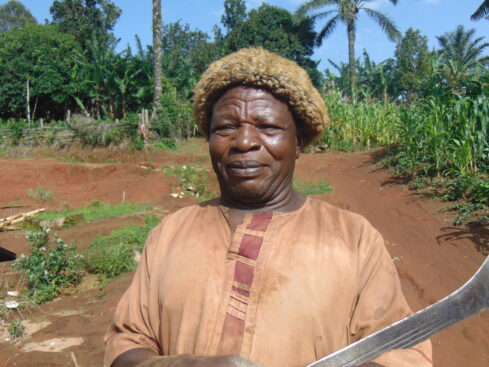
“Fulfulde is a language of communication on the plateau. When you go to market or to the school, the language of communication is Fulfulde. In the olden times we were trading with the Fulani in Banyo. This is how Fulfulde grew among us. If you cannot speak Kaka or Mambilla, you speak Fulfulde. If you talk about trade, people looked towards Banyo. Trade came from that side and Fulfulde began to flourish,” explains Napthali Juanboh, a farmer.
He adds, “If we speak each other’s languages, we will live harmoniously. Kaka speak Fulfulde, Hausa and English. We speak Fulfulde in our houses.”
Fulfulde, lingua franca
“The weather of the plateau attracts people. Some people come all the way from Yola and Jalingo, because of the heat over there. They come to settle here, and after the heat has reduced, then they go back,” explains Zubairu.
Dialects & languages
He continues, “They do this during the annual Ramadan fasting. The fasting here is quite different from fasting in other places, such as the Maiduguri and Adamawa area. It is because of the weather of the plateau and the scenery too. People love this place,” reasons Zubairu.
